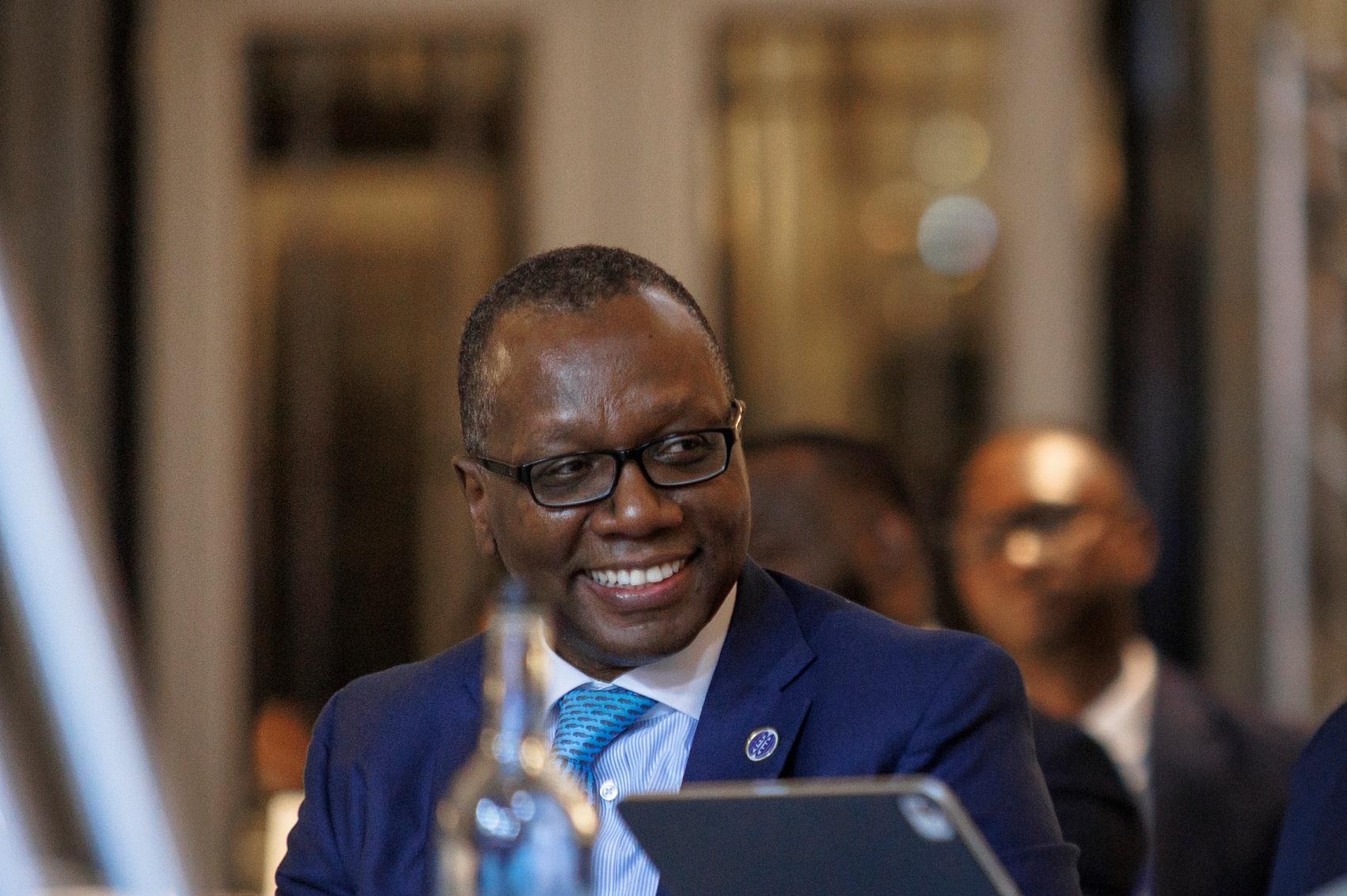Unlocking Africa's Potential: Closing the $80 Billion Trade Finance Gap Could Generate $133 Billion Annually

Africa stands on the cusp of a significant economic transformation, and a key to unlocking this potential lies in addressing the continent's persistent trade finance gap. According to Dean Adansi, CEO of Ghana International Bank (GHIB), closing this $80 billion gap could inject an impressive $133 billion into Africa's economy annually. This isn't just about increased revenue; it's about fundamentally reshaping Africa's role in global trade.
Currently, a large portion of Africa’s exports consist of raw commodities. This leaves the continent vulnerable to fluctuating global prices and limits the potential for value creation within its own borders. Adansi argues that bridging the trade finance gap is crucial to shifting this paradigm, enabling African businesses to move up the value chain and produce higher-value, finished goods.
What is Trade Finance and Why is the Gap So Significant?
Trade finance encompasses a range of financial instruments – including letters of credit, guarantees, and export credit insurance – that facilitate international trade. These tools help mitigate risks for both buyers and sellers, making transactions smoother and more secure. The $80 billion gap represents the shortfall in available trade finance for African businesses, hindering their ability to participate fully in global markets.
The Benefits of Closing the Gap Extend Beyond Revenue
While the $133 billion annual revenue boost is a compelling statistic, the benefits of closing the trade finance gap are far more extensive. Here's a breakdown:
- Economic Diversification: Moving away from raw commodity exports and towards value-added products creates a more diversified and resilient economy.
- Job Creation: Manufacturing and processing industries generate significantly more jobs than raw commodity extraction.
- Increased Investment: A stable and predictable trade environment attracts both domestic and foreign investment.
- Improved Competitiveness: Access to trade finance allows African businesses to compete more effectively on the global stage.
Addressing the Challenge: What Needs to be Done?
Closing the $80 billion trade finance gap requires a concerted effort from governments, financial institutions, and international organizations. Key strategies include:
- Strengthening Financial Infrastructure: Improving credit reporting agencies and legal frameworks to reduce risk for lenders.
- Promoting Digital Trade Finance Solutions: Leveraging technology to streamline processes and reduce costs.
- Capacity Building: Providing training and support to African businesses to help them access and utilize trade finance tools.
- Public-Private Partnerships: Fostering collaboration between governments and the private sector to mobilize resources and expertise.
Dean Adansi’s call to action underscores the immense opportunity that lies before Africa. By proactively addressing the trade finance gap, the continent can unlock its economic potential, create jobs, and build a more prosperous future for its people. The time to act is now, and the rewards are substantial.






